VCELA339
Understand how authors often innovate on text structures and play with language features to achieve particular aesthetic, humorous and persuasive purposes and effects
- Plus Plan
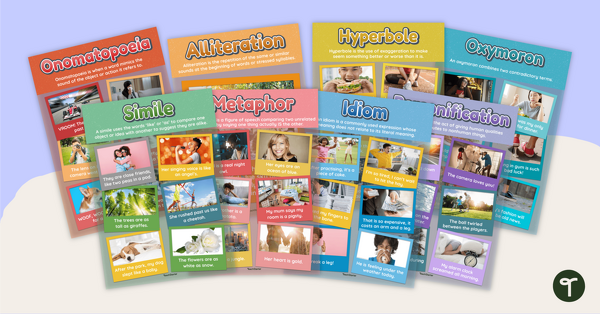
Figurative Language Poster Pack
Remind your students about the most common types of figurative language with this set of classroom display posters.
- Plus Plan
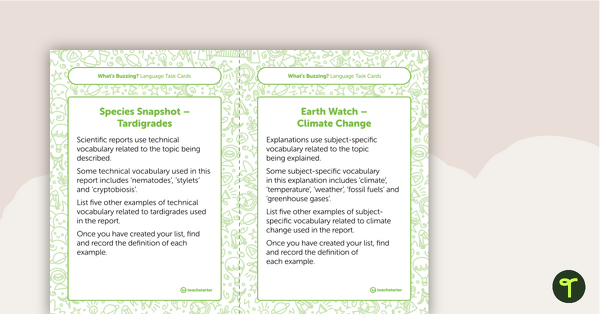
Year 6 Magazine - "What's Buzzing?" (Issue 1) Task Cards
A set of five literacy rotation task cards to be used in conjunction with Issue 1 of Teach Starter's Year 6 magazine.
- Plus Plan
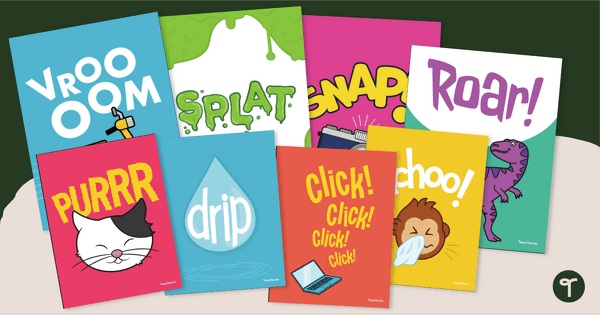
Figurative Language Posters – Onomatopoeia
Help young readers and writers recognise onomatopoeias with a set of onomatopoeia classroom posters.
- Plus Plan
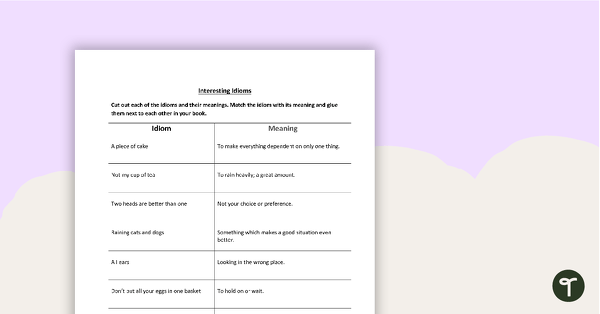
Interesting Idioms Worksheet
A worksheet using common idioms.
- Plus Plan
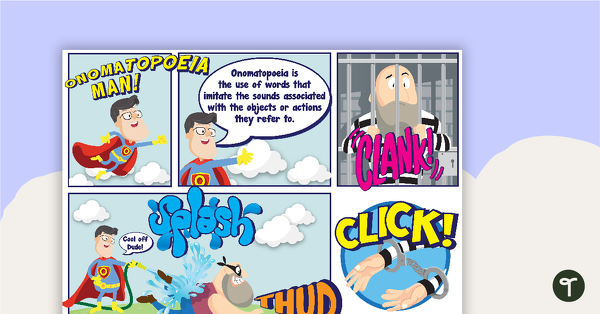
Onomatopoeia Man Poster
A poster providing a definition and examples of onomatopoeia.
- Plus Plan

Analogy- Literary Technique Poster
A poster with a description and examples of analogy, a literary technique.
- Plus Plan
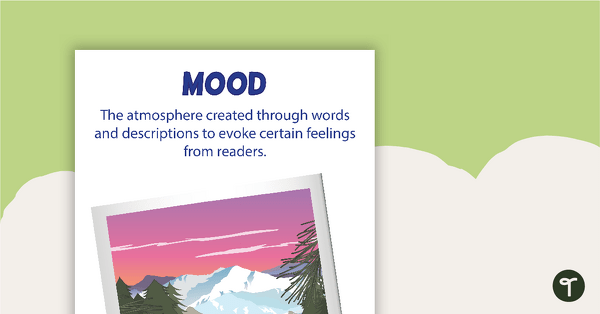
Mood - Literary Element Poster
A poster with a description and example of mood, a literary element.
- Plus Plan
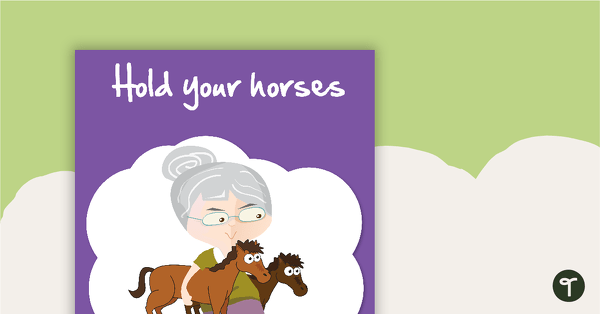
Individual Idiom Posters
A set of posters showing idioms and their meaning.
- Plus Plan
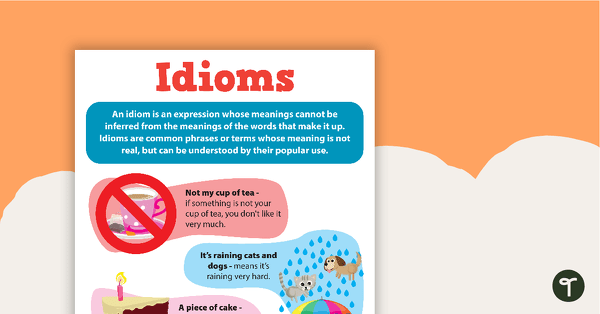
Idioms Poster
A poster giving the definition for and examples of idioms.
- Plus Plan
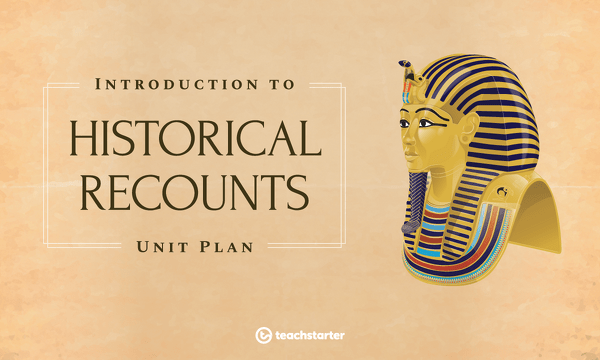
Introduction to Historical Recounts Unit Plan
This English unit has been designed to introduce the historical recount text type to older students; specifically, the purpose, structure and language features of factual historical recounts.
- Plus Plan
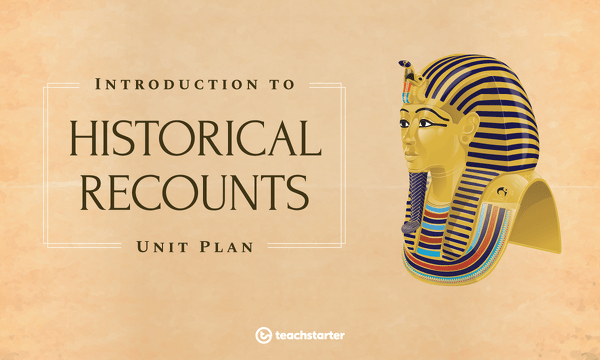
Historical Recounts - Text Structure
A 60 minute lesson in which students will identify and explore the structure of historical recounts.
- Plus Plan
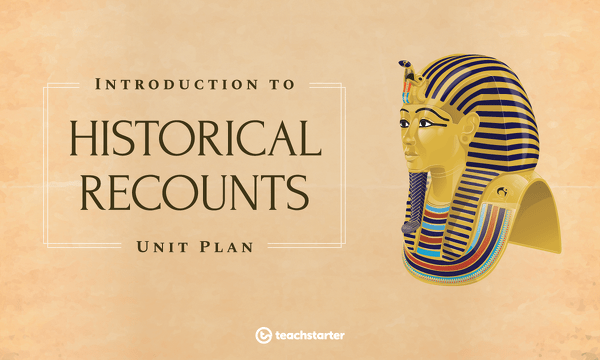
Historical Recounts - Literary vs Factual
A 60 minute lesson in which students will explore the difference between a literary historical recount and a factual historical recount.